Why Are We So Surprised When GM Makes a Great Performance Car?
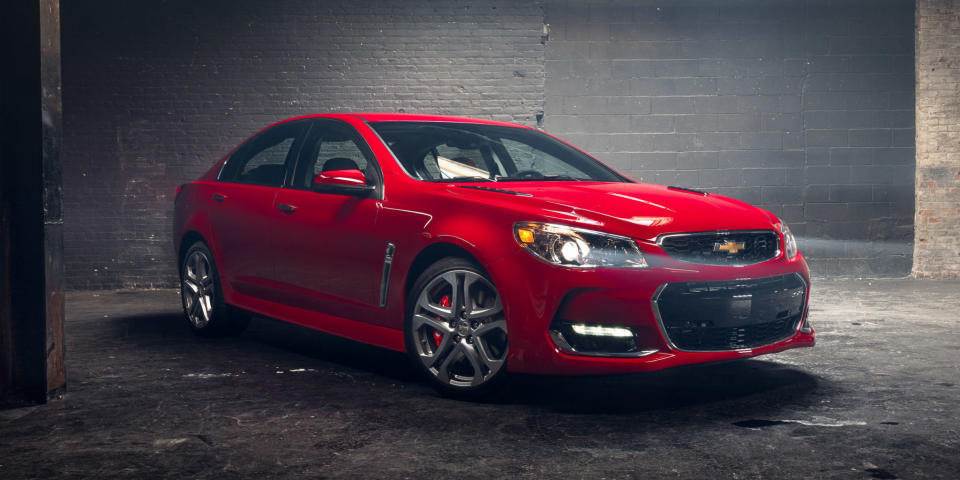
"Most people think it's a Malibu," I hollered through the passenger-side window.
"You can tell the difference if you know what you're looking at," the guy in the SUV boomed back. He'd leaned out his window to ask how I liked the car I was driving; red lights on New York City's West Side Highway last long enough for nuanced conversations. "The big brakes, the bolstered seats," he said. "And there aren't many Malibus that sound like that. How's it drive?"
"Sneaky fast," I said. "Tons of torque. Smooth ride, phenomenal handling. It's actually pretty great."
The light turned green, we both pulled away, and I realized that a single word had completely altered my off-the-cuff review of the 2017 Chevy SS I was driving: Actually.
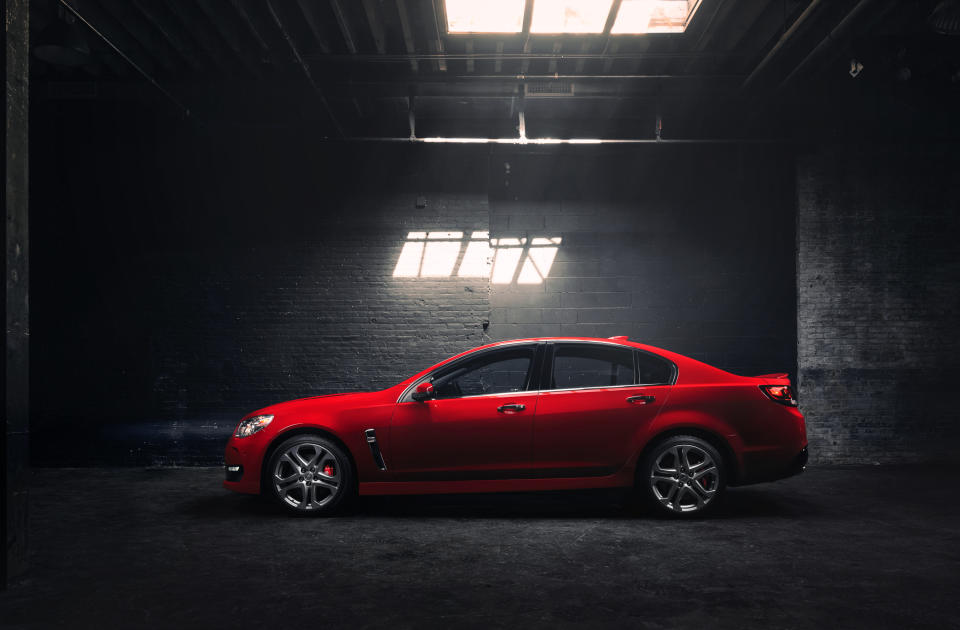
In the week that we had this bright red SS at R&T's New York office, that word came up a lot. The big rear-drive Chevy actually has near-perfect balance; the big V8 actually makes proper muscle car noises; the unflashy sedan is actually a hoot to drive. A common thread of perplexity runs through these comments-a sense that nobody expected General Motors to build such a well-rounded and capable performance car.
That's a disservice to GM, a company whose streak of modern-day enthusiast hits is actually well into its second decade. And yet, we still act surprised when The General puts together a car that punches above its price range.
The Chevy SS certainly fits that definition. When it was introduced for the 2014 model year, it caused a genuine stir among gearheads. Once Chevy added a stick-shift option in 2015, the rear-drive V8 four-door became a darling. Automotive publications, including this one, fell all over themselves to explain the SS as the modern revival of the beloved 1998-2003 BMW M5.
The praise is warranted. The SS, based on GM's Australian Holden Commodore, is essentially a four-door Camaro (indeed, the SS rides on a version of the Zeta platform that underpinned the 2010-2015 Camaro). That's a deep compliment-both Chevys sneak world-class sports car performance into a package that's as patriotic as a pickup truck. You can engage in V8 tire-shredding antics all day, and have plenty of fun doing it, but these ponies have plenty of other tricks.
In particular, the stick-shift SS serves as a perfect example of a vanishing type of car: one that gives you actual, honest-to-goodness feedback. A naturally-aspirated engine plays a huge role in this-no turbo-fed small-bore can offer diamond-sharp throttle response like this-but it's also in the talkative chassis that begs you to toss it, slide it, feel the weird physics at the greasy end of the tire grip spectrum.
Calling the SS a parts-bin design would sound uncharitable if it weren't for the quality of the stuff on GM's shelves. The sedan's 415-hp 6.2-liter LS3 V8 starred in the C6 Corvette and the fifth-generation Camaro SS; the six speed transmissions (manual or auto), clutch-type limited slip differential, and excellent Magnetic Ride Control adaptive dampers all featured across GM's performance car lineup. If you had these components and a rear-drive, sub-4000-pound full-size sedan in your arsenal, you'd slap 'em together faster than you could say "ee-thirty-nine."
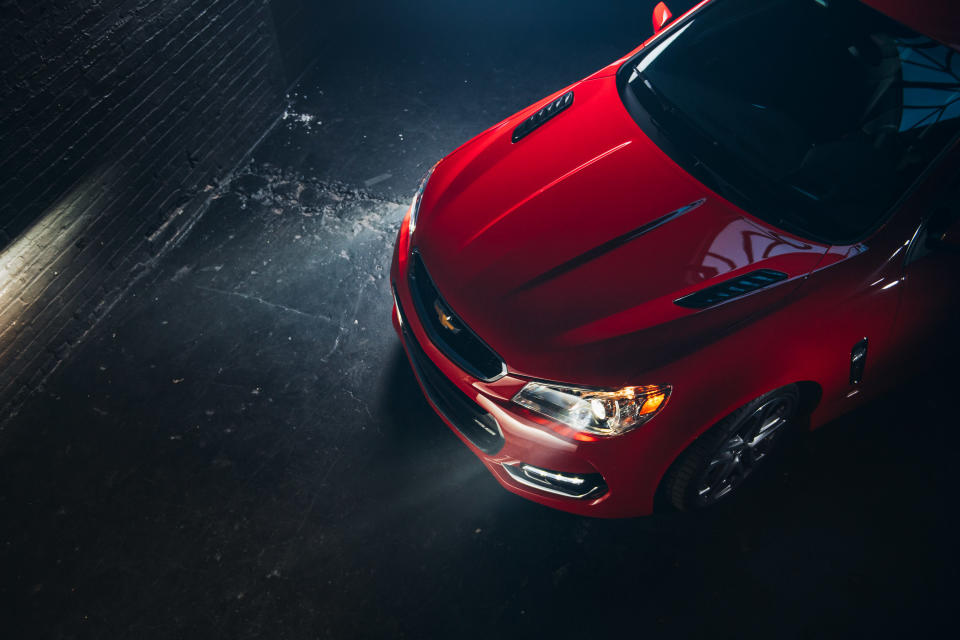
And yet, when GM does it, people react like it's an anomaly. Like the automaker stubbed its toe in the dark and accidentally birthed a performance bargain.
This, despite the C5, C6 and C7 Corvette regularly trouncing their European contemporaries for 20 years. Despite the revived Camaro's capabilities, which have far outstripped its high school parking lot image for nearly a decade. Despite GM's excellent built-in Performance Data Recorder, which offers pro-level lap data equipment straight from the factory. This is the automaker that offers two days of driving school, for free, with every new high-performance Cadillac. When The General builds a major performance machine, it's not a fluke; it's just one further addition to an ever-growing family.
So why do most folks have so much trouble recognizing GM as a consistent performance powerhouse? Blame the automaker itself, in part. The very best sneak-attack screamers to emerge from The General have been passion projects, niche-market offerings seemingly willed into existence by individual GM power-brokers with names like Reuss, Wagoner, Lutz or Juechter-and then left to languish with essentially zero advertising, promotion, or dealer education.
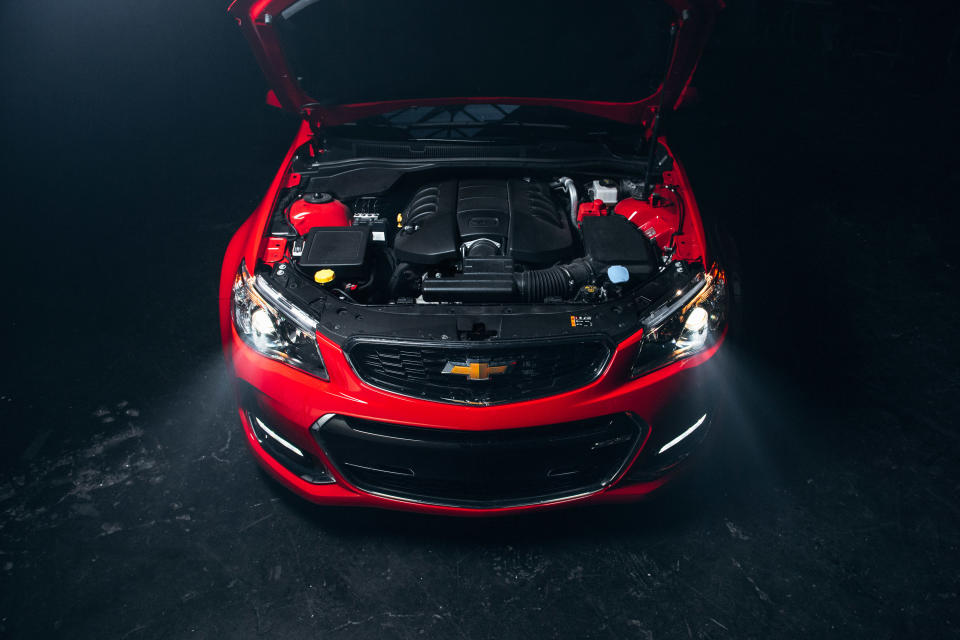
But maybe the bigger blame lies with us, the enthusiasts. There are exceptions, of course, heroes who special-order the gnarliest, most unexpected versions of GM products and gleefully embarrass far more exotic metal at track events across this great land. But the rest of us somehow can't get the notion of General Motors excellence into our long-term memory banks.
It probably doesn't help that GM's finest trackday weapons have no common badge, branding, or identity to differentiate them from the rest of the fleet. The Germans have spent 40 years perfecting one- or three-letter suffixes meant to tickle the eyes and ears of the in-the-know car nerds, in the process building up a cachet that America's most prolific domestic automaker can't seem to match.
Then again, most of the "M" or "AMG" badges you see on the streets today are affixed to overinflated five-seat crossovers. Maybe they've got bigger wheels, stiffer springs, or louder exhausts. Consolation prize equipment, meant to sharpen up an inherently dull vehicle enough to distract you from the reality of what you're driving.
With the Chevy SS, General Motors did the opposite. The juggernaut automaker built the exact vehicle car enthusiasts have been pining for, in fan forums and letters to the editor, for more than a decade: A rear-drive sedan with ample horsepower, a by-god manual transmission, and subtle looks that don't scream "reckless endangerment" to everyone within eyeshot.
And now it's dead. While those M- and AMG-spattered five-doors were flying off the lots, the SS struggled to find buyers in its four model years on the market, barely squeaking past 10,000 total units sold. The SS, like the Nissan 370Z, was one of the last truly old-school cars you could buy brand-new. Guess everyone was too busy describing it in comment sections to actually buy one.
There's bound to be a bittersweet postscript to this story. In 10 years or so, I'm willing to bet that the stick-shift Chevy SS will command a healthy price in enthusiast circles. In 30 years, we'll point them out at car shows and rattle off the seemingly unbelievable facts. "They took a family sedan and slapped a naturally-aspirated V8, a six-speed stick, and magnetic ride in it," we'll tell each other. "The thing did 0-60 in four and a half seconds," we'll explain to our kids.
And we'll look at the taut old sedan wistfully, and add, "that was back when GM actually built performance cars."
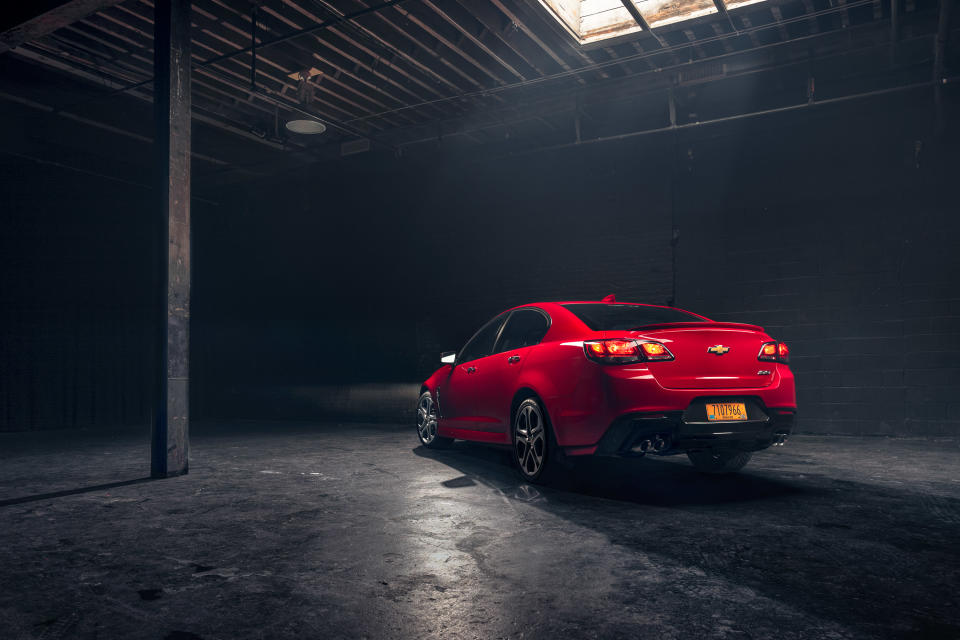
You Might Also Like

 Yahoo Autos
Yahoo Autos 